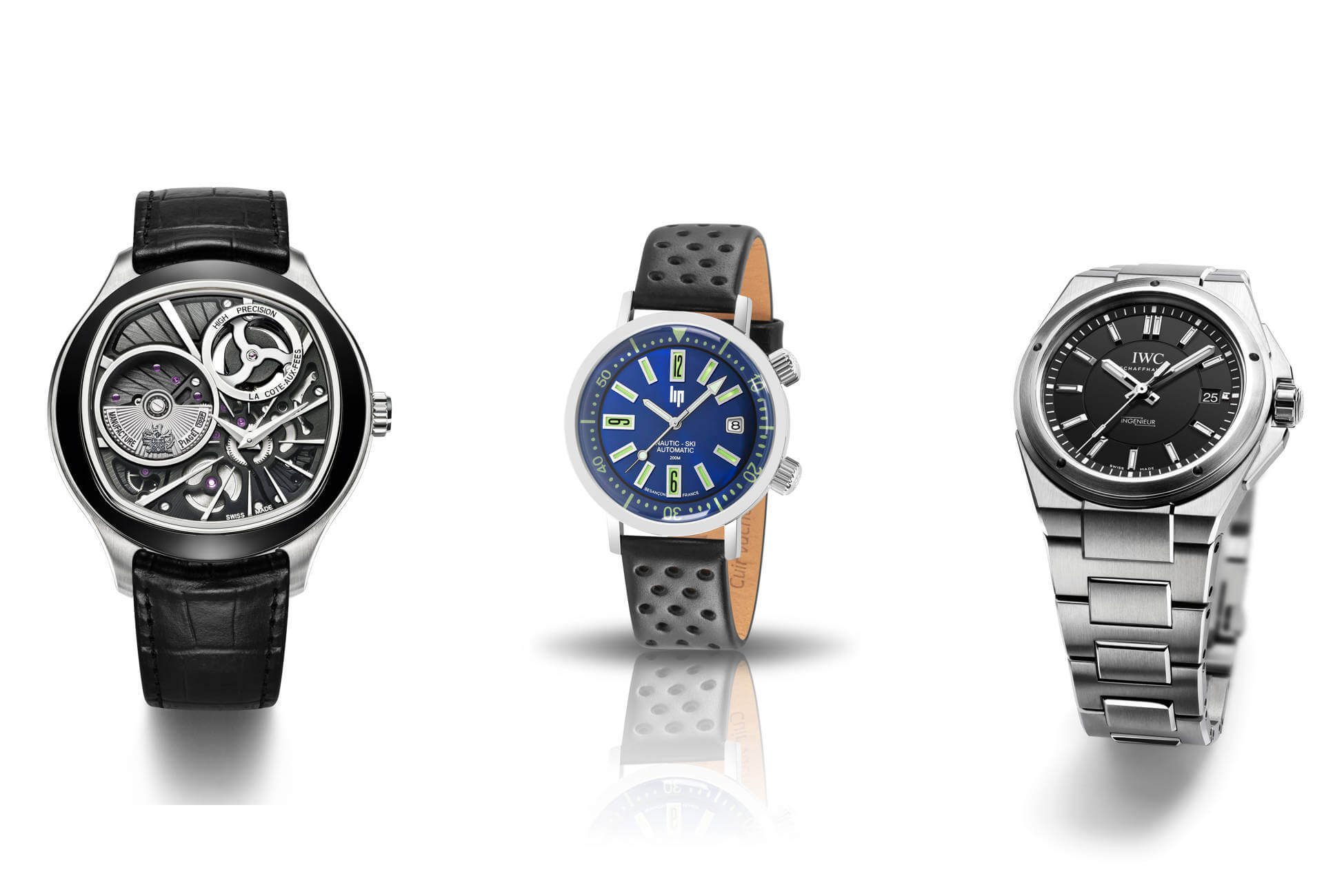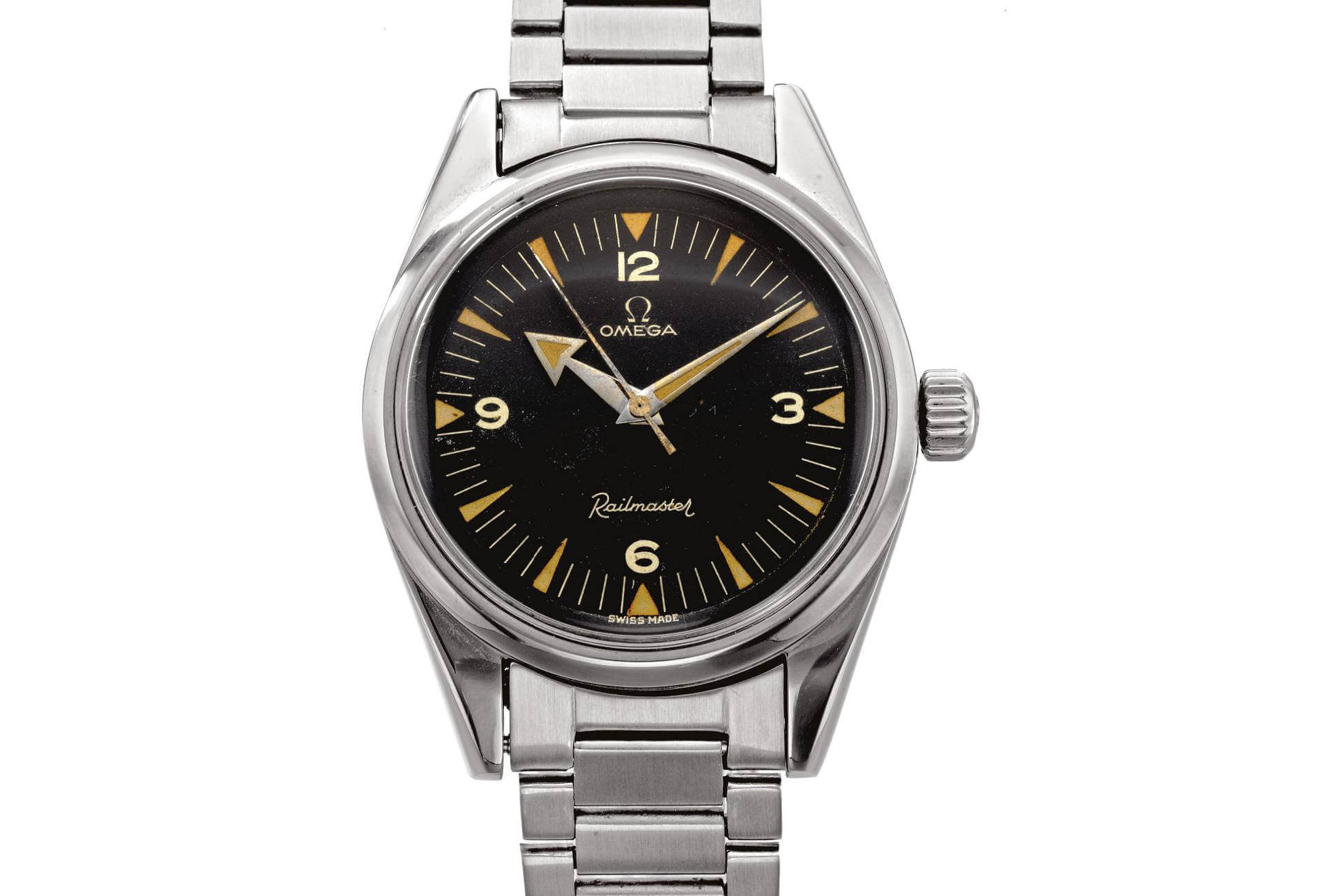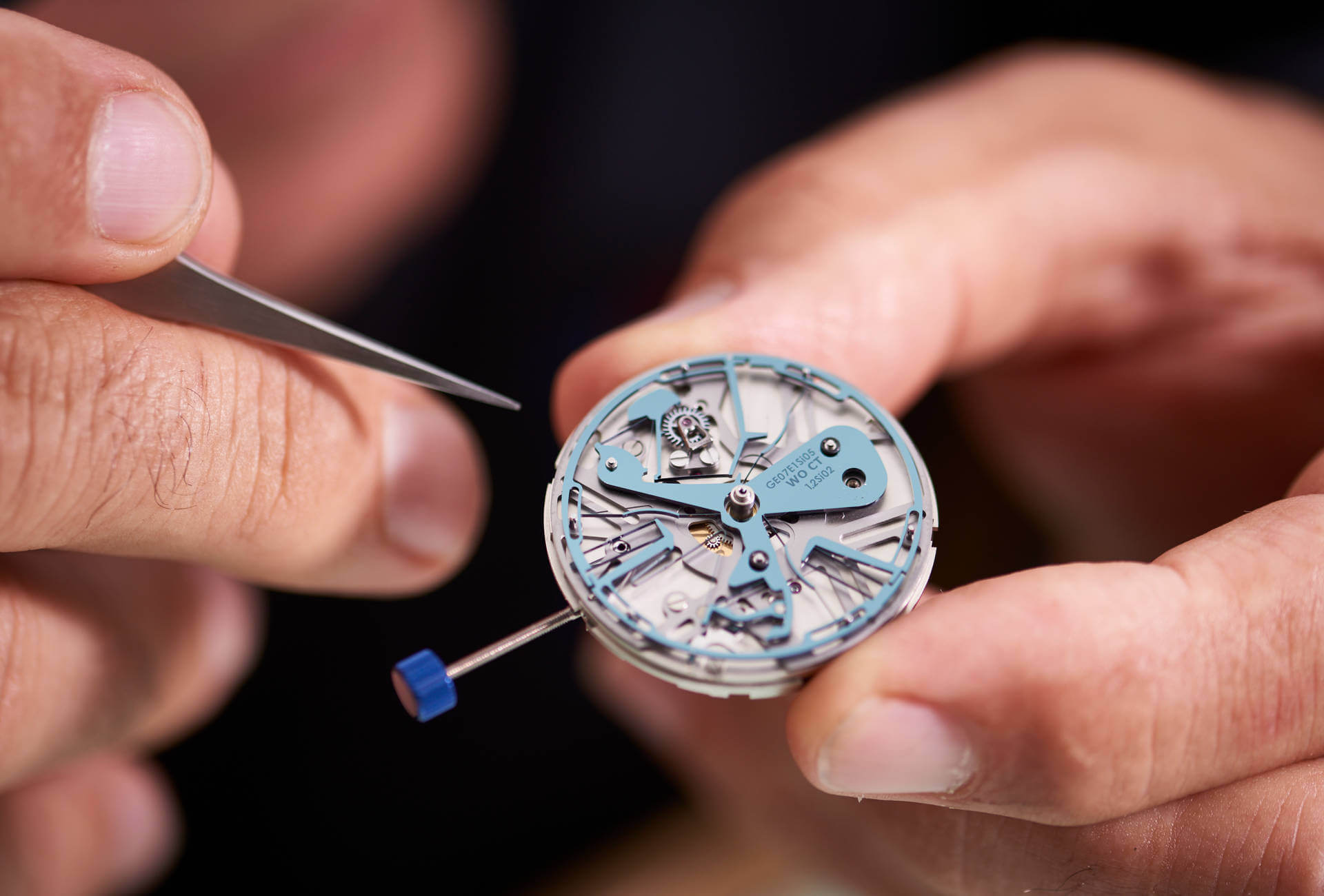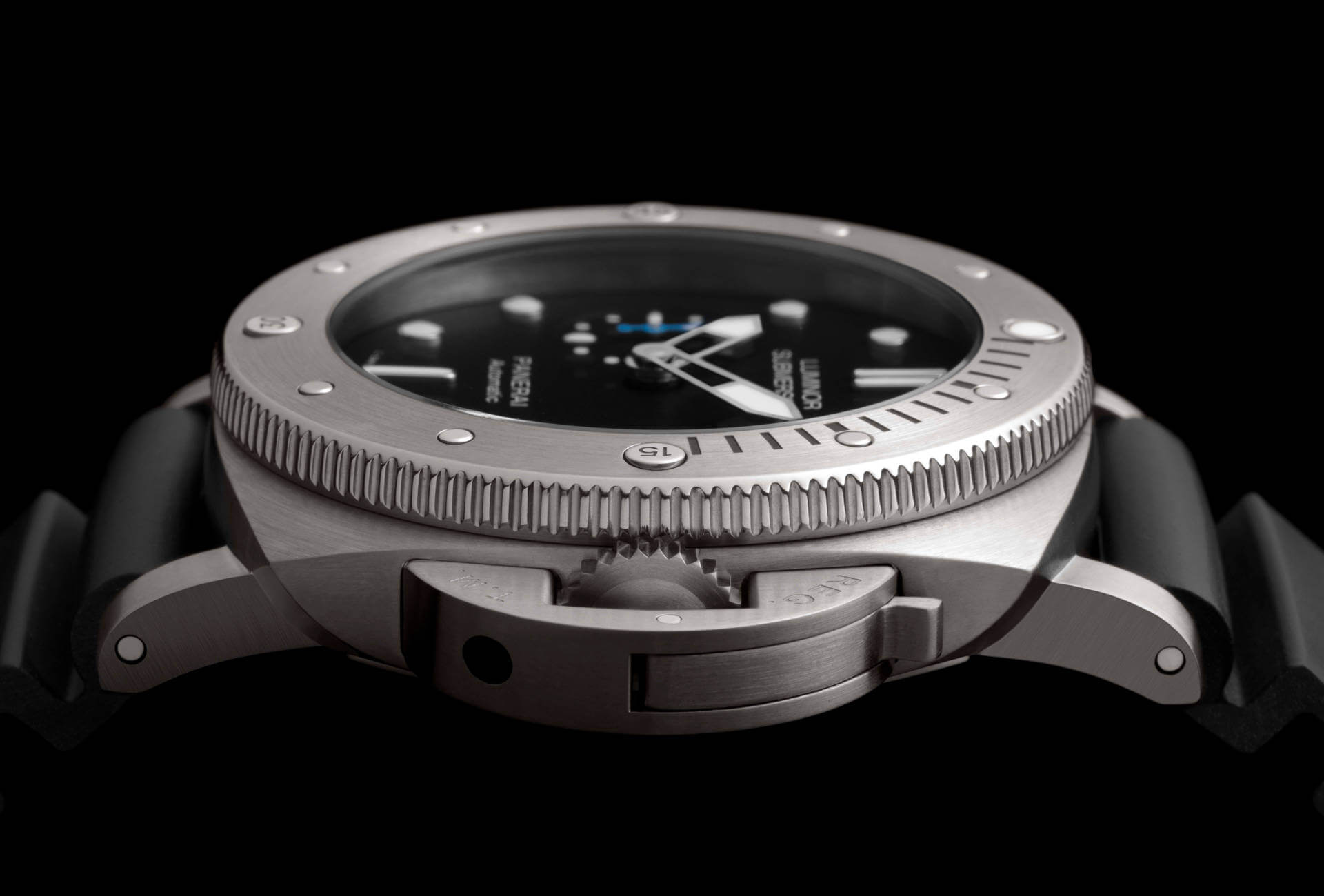As intangible as it may be, magnetism has a longstanding reputation for its impact on the delicately adjusted mechanisms of precision timepieces. This was a matter of little concern to early watchmakers whose portable instruments, the most sensitive to magnetic fields, were so imprecise to begin with that their owners were unlikely to notice any deviation caused by the disruptive influence of a nearby object. It wasn’t until the early years of the eighteenth century that the impact of magnetic phenomena on the proper functioning of a mechanical movement revealed itself in any quantifiable way, after the adoption of the steel balance spring – invented by Christiaan Huygens in 1675-76 – enabled a significant improvement in the precision with which pocket watches were able to measure time.

The early alloys
In this Age of Enlightenment, only sailors were in a position to observe the effect compasses had on marine chronometers and other deck watches. The problem was heightened by the fact these fragile instruments, which had to be protected against humidity, spent their first maritime voyages stored away with another equally important and delicate piece of equipment: the ship’s compass. Watchmakers quickly became aware that like variations in temperature, magnetic rays could misalign the carefully adjusted mechanism of a watch stored in the confined space of the officers’ quarters, or on the deck next to a compass. The solution was to keep chronometer and compass apart. Except that the world was heading towards greater industrialisation. By the middle of the nineteenth century, the electric motor had spread to all types of uses and equipment. In order to maintain the precision and reliability of their products, watchmakers were forced to imagine a low-cost means of effectively shielding movements from the disruptive effects of magnetic fields.
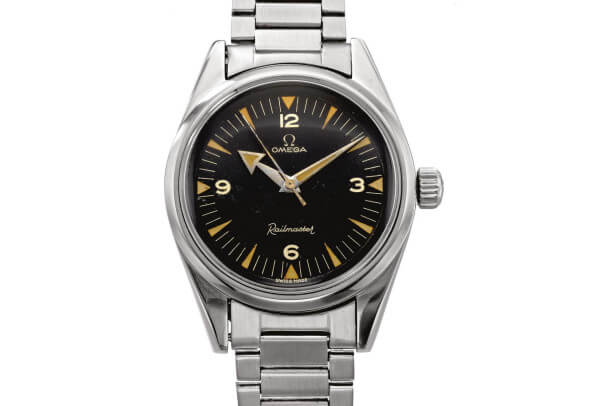
Until the 1930s and into the 1940s, most watches were equipped with bimetallic balance wheels and flame-blued steel balance springs, both of which were easily magnetised. One solution was to manufacture certain components not in traditional steel, which stays magnetised, but in alloys that were less sensitive to magnetic fields. The development of these ferro-nickel alloys was a first step in the right direction. While not completely anti-magnetic – magnetism is partly responsible for their elasticity – they had the advantage that their regulating properties were restored when removed from the magnetic field, for the simple reason that these alloys do not remain magnetised. However, a more advanced solution had to be found for watches worn in a work environment that exposed them to powerful electrical and/or magnetic fields.

Finding a solution
During this period, watchmakers had observed that a movement with a glucydur (bronze-beryllium) balance and a ferro-nickel balance spring needed greater protection in specific environments, such as a cockpit, an electric locomotive or in factories that used a lot of electrically-powered tools. They also noticed that watches fitted with a dust-cap were less prone to magnetisation than others without this additional protection. This prompted certain companies (including IWC with the Pilot and the Ingenieur, Rolex with the Milgauss, and Omega with the Railmaster) to build highly specialised timepieces that were able to withstand magnetic fields up to 1,000 Gauss by enclosing their movements in soft iron cages. This inner case – a kind of Faraday cage, given that the dial was also in soft iron – effectively shielded the mechanism’s steel parts to maintain precise timekeeping, even in the presence of powerful magnetic fields.
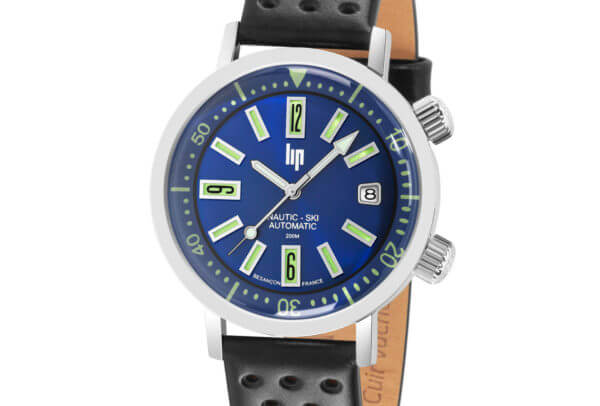
If you can't beat it…
These watches were at their peak during the 1950s and 60s, which is when certain brands started to turn their attention to electromechanical movements – an innovation made possible after Mallory and Co. Inc. invented the button cell battery. Back then, the major difficulty was not how to make a watch operate by electrical, electromechanical or electronic means, but rather to provide it with a lasting and, more importantly, autonomous power supply. Attempts had already been made: the first version was, by all accounts, a fob watch built circa 1910, which never went beyond the prototype stage. Only after the introduction of mercury cells in the mid-twentieth century did it become possible to envisage small, autonomously-powered devices. In an article published in the October 1955 issue of Journal Suisse d’Horlogerie, André Beyner describes a wristwatch driven by a conventional mechanism combined with a micro-motor. According to Beyner, this watch had been running since December 1953.
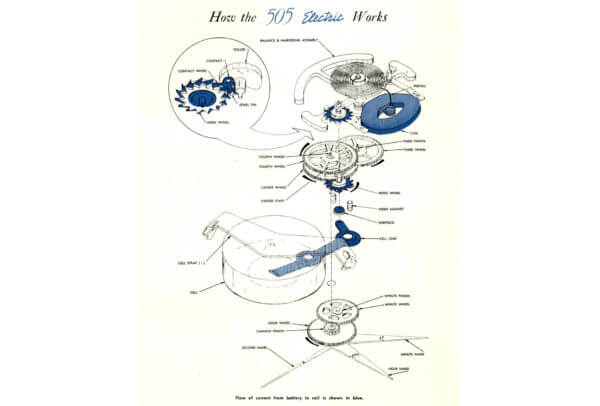
Not long after, in November 1956, Léon Hatot, a French company specialising in electric and electromagnetic clocks, which it sold under the ATO brand name, presented an electric wristwatch at the Société Française de Chronométrie annual congress. Hatot’s watch was equipped with early transistors and a Mallory mercury cell. It quietly sowed the seeds for a revolution that quickly took root in the USA thanks to Hamilton. Based in Lancaster, Pennsylvania, the American brand claimed its first victory in January 1957 when it launched the first serial-produced electromechanical watch. Codenamed Project X, it gave rise to the soon-to-be-famous Ventura. Still part of the brand’s collections today, the Ventura is now powered by a quartz movement – a logical development on the prototype which was regulated by electromagnets. Not to be outdone, in December 1958 French firm Lip introduced the R27, followed by the Lip Nautic-Ski – a project launched ten years earlier. Elgin, another American firm, played its hand at about the same time. The battle for sales was on. This would be one of mechanical watchmaking’s most prosperous periods, building up to the launch, in 1962, of the first Swiss electromechanical watch: Longines’ Conquest Electric Calibre 400.








